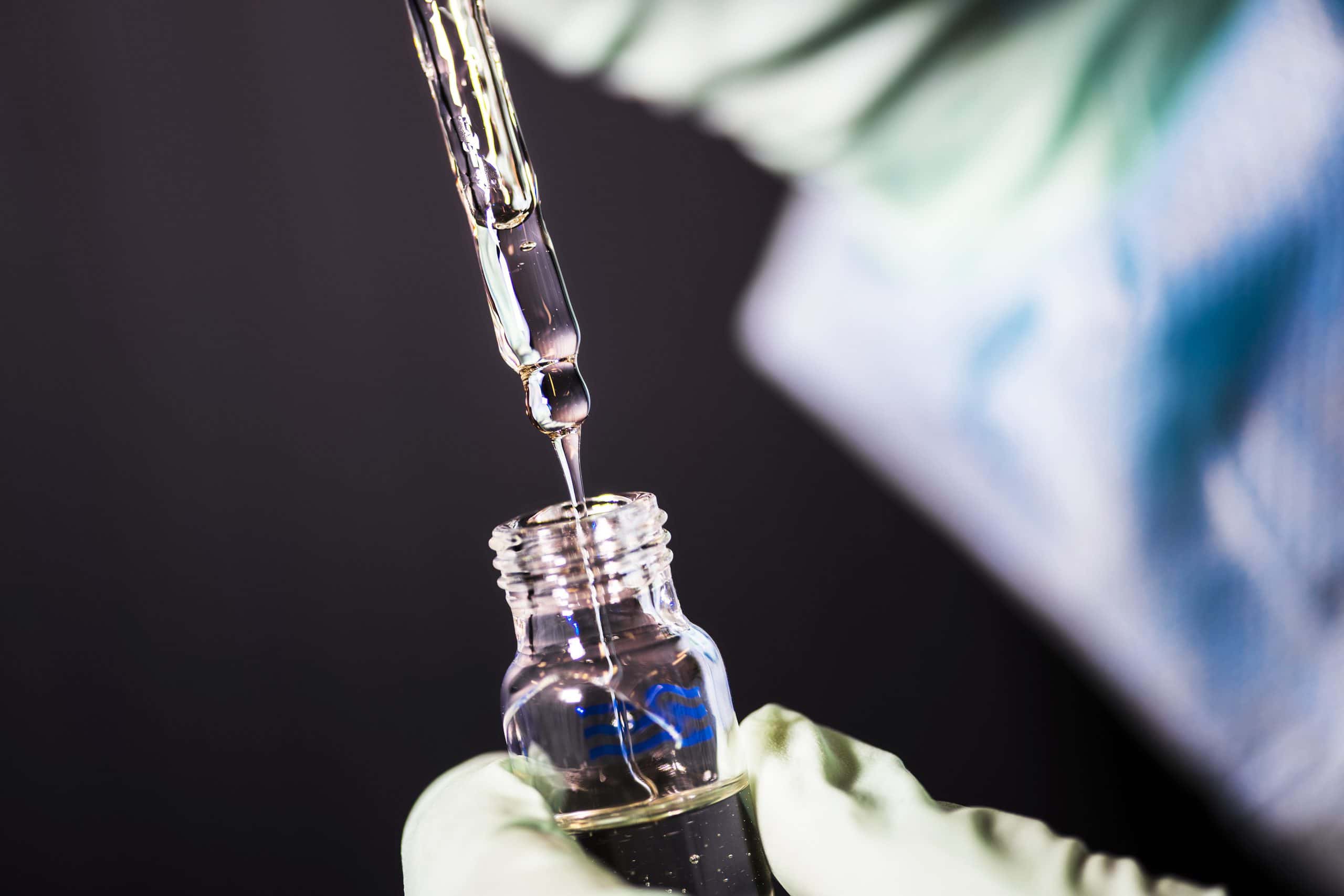Respecting safety standards in the laboratory is essential to be able to carry out industrial research and innovation tasks with full guarantees, both for people’s health and for the integrity of equipment and workspaces. In this post we explain what are the basic requirements to carry out this type of activities correctly with 7 safety standards for laboratories.
In the different science and technology experimentation environments, it is necessary to comply with certain rules so that the work is carried out without risks. Beyond the characteristics of each specialty, there are a set of common laboratory work standards for all sectors:
1. Order and cleanliness
The first safety standard in laboratories is to keep the spaces clean and orderly. Each tool must have an assigned site, where it remains while it is not being used. On the other hand, it is convenient to avoid unnecessary movements, as well as the presence of personal objects (mobiles, keys, etc.) on the work tables. You only have to have what is essential to carry out the experiments.
2. Protective equipment
All users have the right and the obligation to use the relevant personal protective equipment (PPE) to guarantee their safety at all times. Depending on the activity to be carried out, it will be necessary to wear items such as gowns (long sleeves and with the buttons fastened), masks, gloves and protective glasses to avoid blows, corrosion and burns on the body, face, hands and eyes.
3. Handling of substances
Another standard of work in laboratories is to classify the different materials according to their nature (acids, bases, flammable, reactive, oxidizing, etc.), storing them in separate places so that they do not react with each other. In turn, the bottles must be closed tightly to prevent the leakage of toxic gases and pay close attention to the identification labels, since they warn us of the associated risks and how to eliminate the waste.
4. Utensil handling
The tools used in the day-to-day work of laboratories require prior preparation for use. Glass objects such as test tubes or test tubes are very delicate. Check that they are in perfect condition before handling them and do it with tweezers or racks when they have been treated with heat sources, such as microwaves, bunsen burners or heating blankets.
5. The importance of hygiene
Before and after each experiment, the work tables should be cleaned with water and wiped with a cloth to remove any residue or residue. In addition, when working in a laboratory it is essential to have clean and dry hands. They must also be washed thoroughly with soap and water when finished. Finally, you cannot smoke or eat food or drinks.
6. Watch your clothes
Storing warm clothing in closets or coat racks is a very important laboratory rule to prevent mishaps. Likewise, it is advisable to wear comfortable clothes and avoid scarves that can get caught in the instruments and hinder the tasks. For this reason, it is also necessary to operate with the hair collected.
7. How to act in the event of an accident
Even if all safety regulations are followed in the laboratory, zero risk does not exist. Therefore, the first aid kit must always be in an accessible and well-marked place. The same happens with hand extinguishers, which have to cover the different types of fire. In case of chemical spillage on the skin, the first thing to do is wash the affected area with plenty of water.
All people working in these fields must have a full knowledge of the laboratory’s rules, regardless of the activity they carry out. The peculiarities of each industry will mark the specific measures to be added in the action protocols.
If you are interested in receiving more information about laboratory safety regulations or any other matter related to the research and technology industry, do not hesitate to continue visiting our blog.

